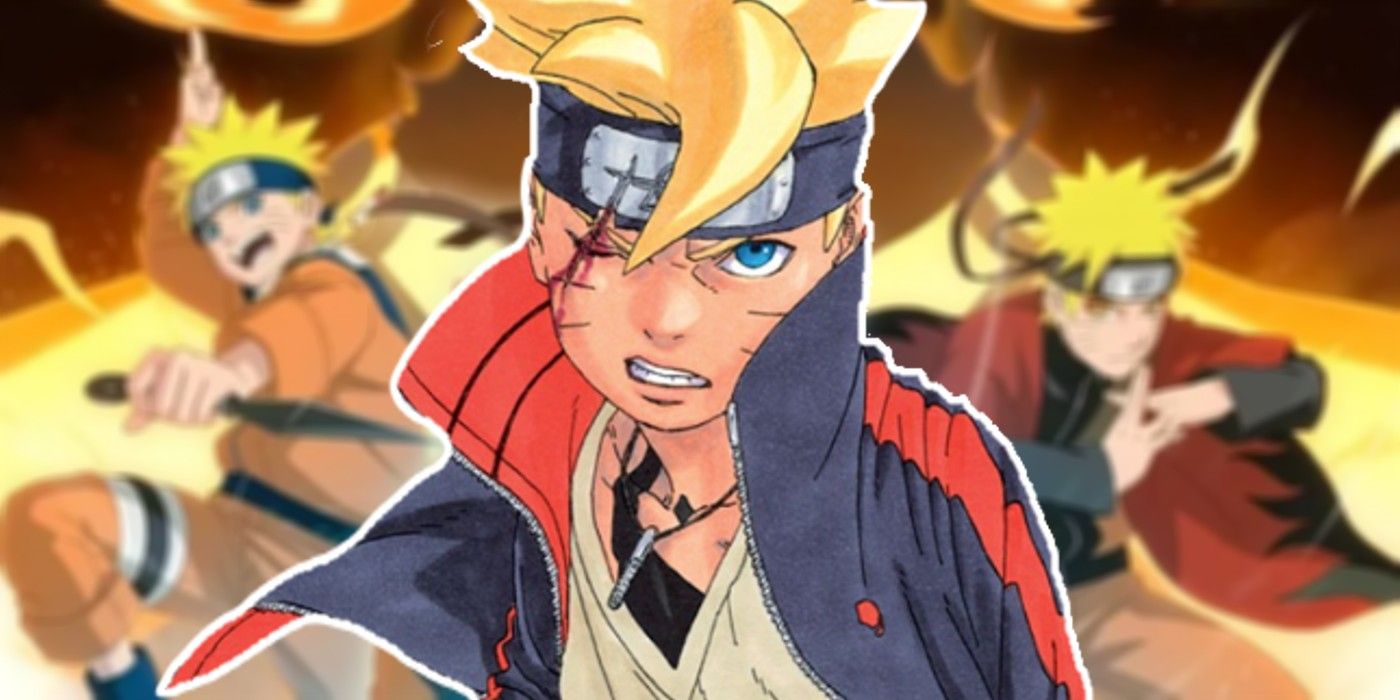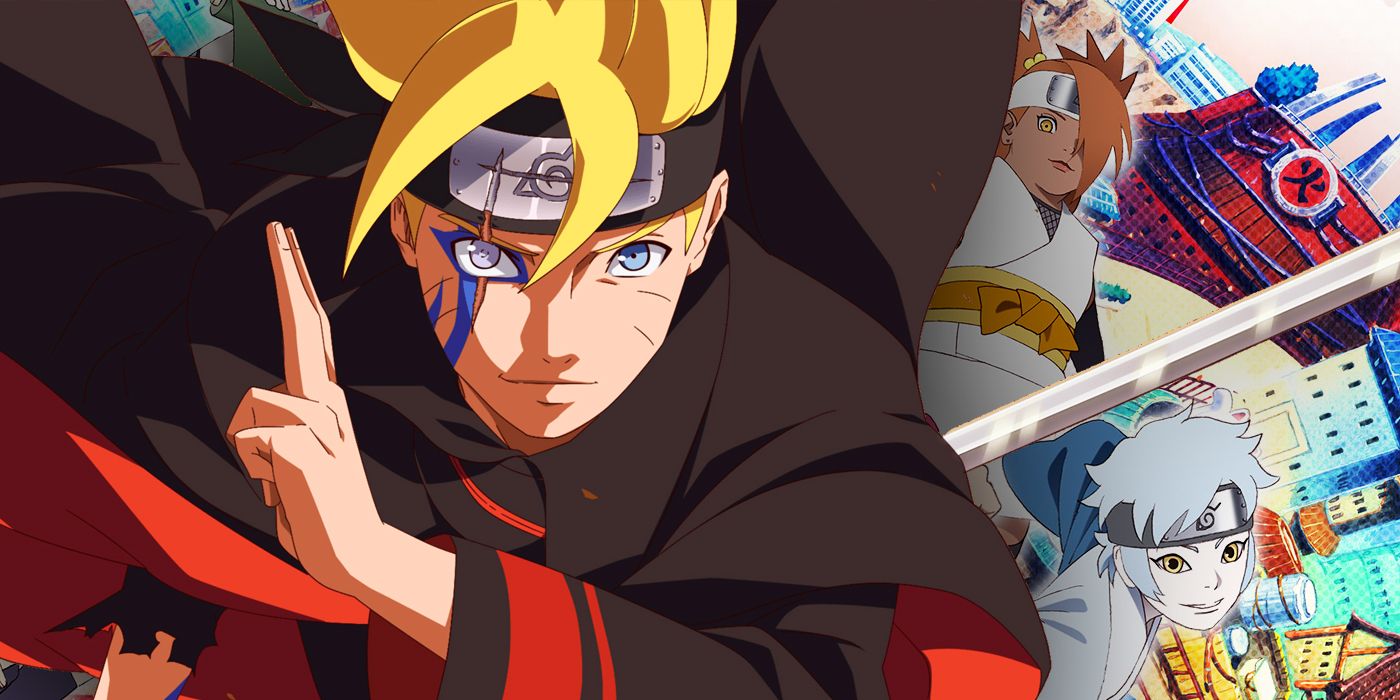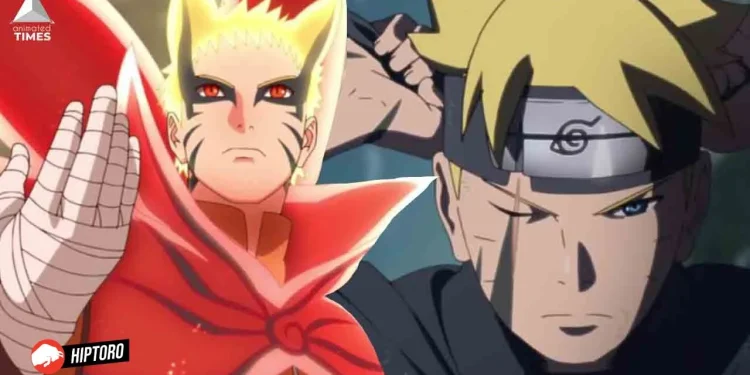In the intricate world of anime, character development and portrayal often vary significantly between adaptations. This is especially true for the “Boruto” series, where the anime adaptation has taken a divergent path in representing Sarada Uchiha, one of the pivotal characters, and her mastery of the Sharingan.
The Contrast Between Manga and Anime in Sarada’s Journey
The “Boruto” manga initially hinted that Sarada Uchiha’s struggles with her Sharingan ability were rooted in her father Sasuke’s prolonged absence. This narrative angle provided a layer of empathy towards her character, subtly pointing to external circumstances as a hurdle in her path to becoming a skilled kunoichi. However, the anime adaptation took a different route, showcasing numerous training sessions with Sasuke. While this might seem like a positive development, it inadvertently portrays Sarada as less capable, since her shortcomings cannot be attributed to her father’s absence anymore.

Analyzing the Impact of Sasuke’s Training in the Anime
From episodes #168 to #200, the anime depicts Sasuke actively training Sarada, equipping her with ample knowledge and technique to wield the Sharingan effectively. This extended portrayal of father-daughter training time should have theoretically strengthened Sarada’s character. However, it paradoxically does the opposite. In episode #207, when Kawaki outshines her in utilizing the Sharingan, it reflects negatively on Sarada, both as a shinobi and an Uchiha. The training she received, instead of being a testament to her growth, becomes a benchmark for her failures.
If it’s one thing Boruto’s gonna do it’s pay back any disrespect to him 😭😭 pic.twitter.com/EGlYBRCR8s
— Manny 🧛🏾♂️ (@Mnny_Tz) August 17, 2023
The Manga vs. Anime: A Comparison of Narrative Choices
Interestingly, the anime adaptation chooses to alter certain events from the manga, which could have bolstered Sarada’s character. For instance, in the manga, Mitsuki requests Sarada’s help with her Sharingan to identify Boro’s Dark Mist. The anime, however, sidelines her role, allowing Mitsuki to solve the issue independently. This change, while subtle, has a significant impact on how Sarada’s abilities are perceived by the audience.

The Gender Dynamics in Boruto’s Narrative
A notable aspect of both “Naruto” and “Boruto” series has been the treatment of female characters. While the anime generally portrays female shinobi with more respect and depth compared to the manga, Sarada’s case emerges as an unfortunate exception. Despite receiving less ridicule than characters like Hinata, Sarada still finds herself trapped in outdated narrative tropes that often belittle female characters in comparison to their male counterparts.
Concluding Thoughts: A Step Back for Sarada’s Character
In summary, while the “Boruto” anime typically succeeds in rectifying some character portrayal issues found in the manga, its approach to Sarada Uchiha’s character development, particularly regarding her proficiency with the Sharingan, is a discernible misstep. The added training scenes with Sasuke, rather than highlighting her growth, end up underscoring her inadequacies. This not only diminishes her character but also reflects a broader issue of gender dynamics within the series. It’s a narrative choice that fans of the series, and particularly of Sarada’s character, might find both puzzling and disappointing.










